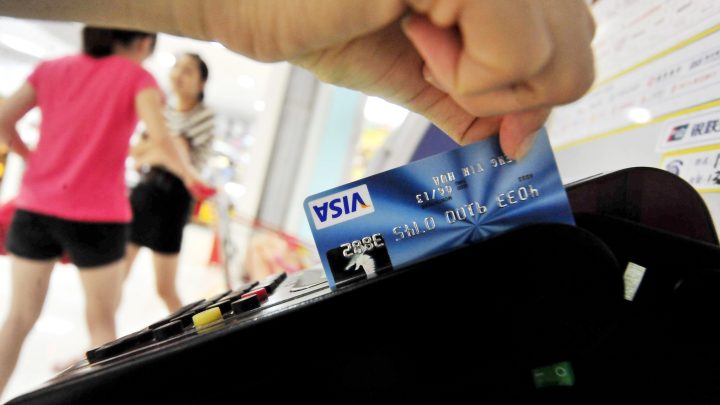
Credit card debt is rising. Again.

Americans are in a whole lot of debt yet again. There was a moment there during the height of the pandemic when credit card balances fell. But now they’re back up.
The total amount of credit card debt people have in this country is at a record high of $986 billion, according to new data from the Federal Reserve Bank of New York.
Delinquencies — which also fell during the pandemic — are rising again too.
Is this increase just a return to pre-pandemic normal, or is it a worrying sign about where the economy’s headed?
“Yes to both,” said Aaron Klein at the Brookings Institution.
It is a return to normal, but “‘pre-pandemic normal’ ought to concern Americans,” Klein said. “It is not normal how much credit card debt this country has, how expensive it is for people to continue to carry that debt.”
It’s become more expensive to carry debt in recent months since the Federal Reserve has been raising interest rates to try to get inflation under control.
That may be contributing to the increase in credit card balances in a couple of ways, according to David Silberman at the Center for Responsible Lending.
“As interest rates go up, the amount of any payment that goes to interest rather than to repaying the principal goes up,” he said.
And since mortgage interest rates and rates on car loans have also gone up, Silberman said, a lot of people are paying more every month for their homes and cars.
“So they may have less money available for their credit card payments,” he said.
At the moment, people in their 20s and 30s seem to be having the most trouble paying their bills in full every month.
That makes sense, per Chi Chi Wu at the National Consumer Law Center.
“For one thing, younger consumers just starting out may not have as much income as older consumers,” she said. “And then consumers in their 30s, they’re having kids. And we know that one of the worst financial strains for households is children.”
Plus, now that the earlier pandemic-era supports like the expanded federal child tax credit have ended, Wu said, many families have less money to work with.
There’s a lot happening in the world. Through it all, Marketplace is here for you.
You rely on Marketplace to break down the world’s events and tell you how it affects you in a fact-based, approachable way. We rely on your financial support to keep making that possible.
Your donation today powers the independent journalism that you rely on. For just $5/month, you can help sustain Marketplace so we can keep reporting on the things that matter to you.











